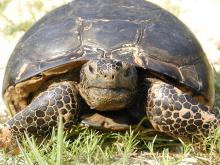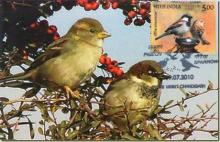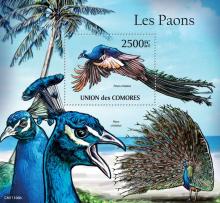The Diamondback terrapin is now classified as a species of "greatest conservation need"
Diamondbacks (Malaclemys terrapin) are something of a revered species in Maryland, designated not only as the state reptile but the mascot of the University of Maryland, College Park. A long lived species, the diamondback terrapin can reach ages in excess of 20 years. Their diet includes mollusks, insects, crustaceans, and small fish. Chesapeake colonists ate terrapin prepared Native-American fashion, roasted whole in live coals. Abundant and easy to catch, terrapin were so ample that landowners often fed their slaves and indentured servants a staple diet of terrapin meat.










